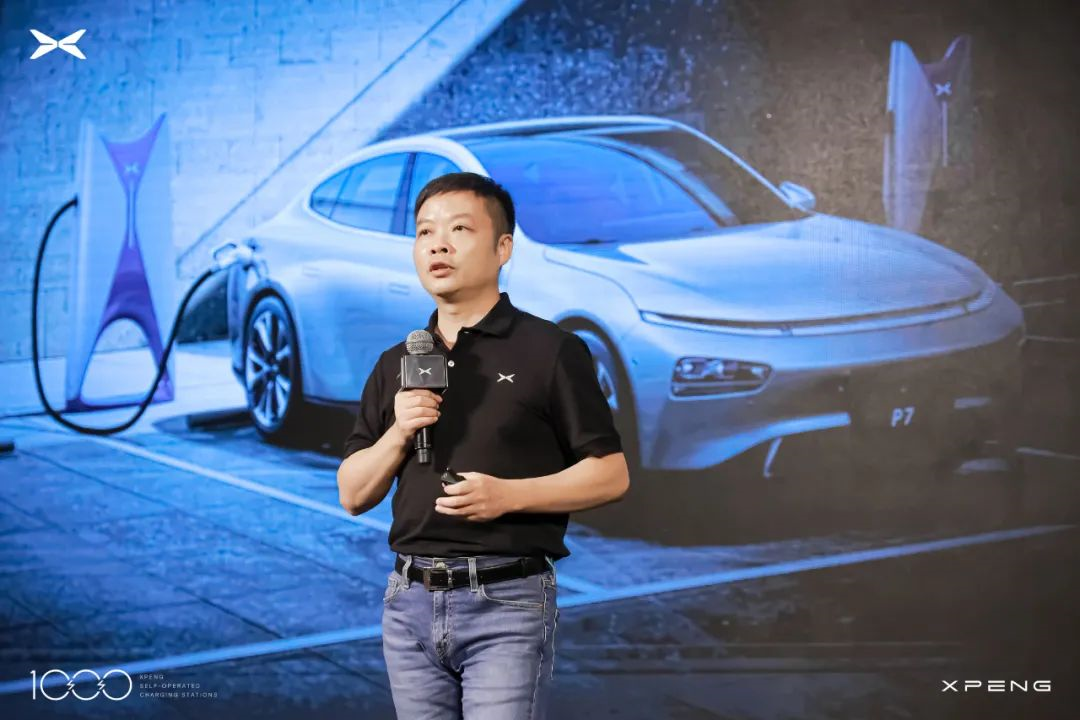Author: Electric Car Captain
While He XPeng no longer emphasizes that “operations are more important than manufacturing”, XPeng Motors has used operations to dig a moat.
A pair of jeans that have been seen countless times, a customized POLO shirt—these are the everyday clothes of the “ordinary” carmaker from Hubei.
In history, many things have happened on August 15th, but on this day of the explosion of internet information, there are also a group of people who remember it as the 8th anniversary of XPeng Motors’ founding and the day He XPeng proclaimed “operations are more important than manufacturing” and made people remember it.
“Today is XPeng Motors’ 8th anniversary, and also the day of the 1000th supercharging pile installed by XPeng. With super fast charging, users will no longer have range anxiety, and the entire energy supplement pattern will be changed. We expect to achieve the goal of building 2,000 super fast charging stations by 2025, providing XPeng owners with the best energy supplement experience.”
This is the first time that He XPeng has spoken out separately in support of the energy supplement system. He was conservative and didn’t shout too many “golden phrases”—at least not as shocking as Li Bin’s “making charging more convenient than refueling”. But his boldest statement, “Eliminate hybrids,” is also a hot topic on social media today. This is He XPeng’s self-definition after thinking about China’s C-end auto market, and we will also discuss this point later.
The “XPeng Super Energy Supplement System” will fully cover technology research and development, service experience, and charging network construction, as well as He XPeng’s plans for XPeng Motors’ next three years and his retroactive definitions of products.
What are the advantages of XPeng Motors’ S4 super fast charger?
What is their layout and long-term plan? Is it enough to cover the needs of most car owners?
What will He XPeng rely on to “eliminate” hybrids?
What do competitors and netizens think about this?
Let’s talk about it below.Unlike NIO’s long-term plan as a new energy vehicle infrastructure fanatic, XPeng Motors currently emphasizes its own rapid deployment capability and an approach of long-termism with its super-fast charging infrastructure.
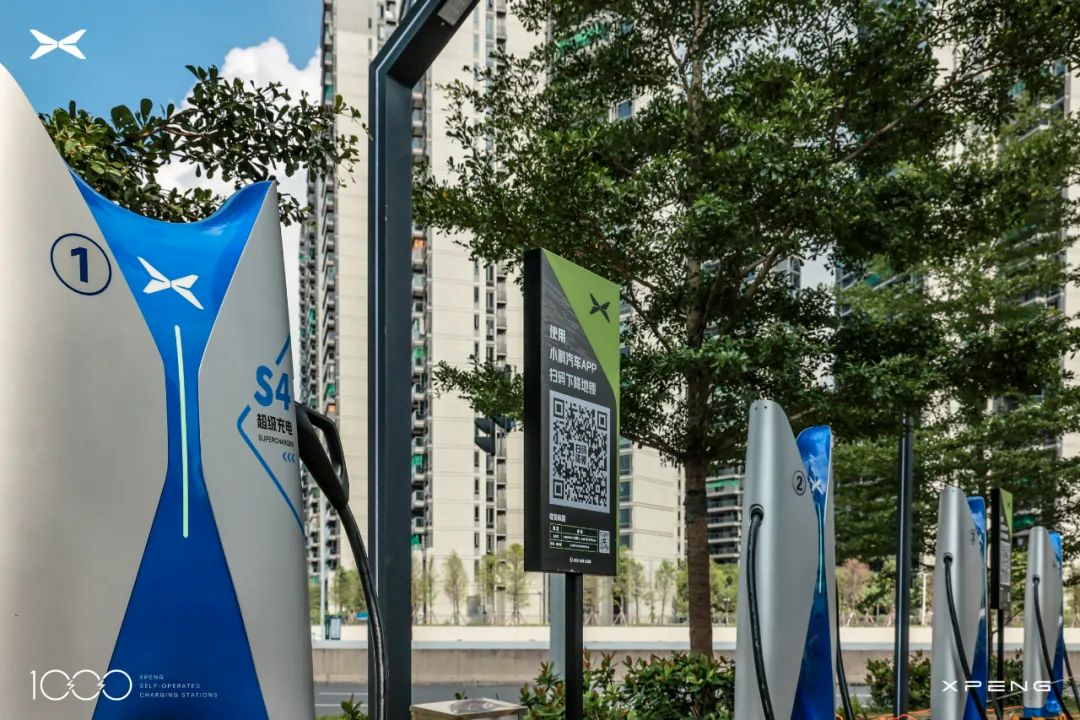
Let’s first discuss the advantages of the S4 super-fast charging. The S4 super-fast charging technology was independently developed by XPeng Motors, with a maximum output power of 480 kW and a maximum output current of 670A for a single post. During the live broadcast and sharing sessions, we obtained several key perceptible advantages:
-
The brand-new S4 charging gun is light enough for women to easily carry with one hand and can be charged in just 15 seconds with no need for QR codes.
-
Starting from the G9 model, the entire series is expected to support 800V fast charging.
-
Regarding charging speed, within the core charging speed range (peak power up to 400kW), it can charge about 200 kilometers in just 5 minutes and should be able to reach 300KM+ in 10 minutes.
-
With the widespread application of super-fast charging technology, the charging speed of electric vehicles will increase 2-3 times compared to the past.
-
In terms of safety, more optimizations have been made from the G9 car end, and the post end also uses a liquid-cooled gun with real-time temperature monitoring.
-
The electricity price for super-fast charging is currently planned to be the same as that of regular fast charging, which means that XPeng users will not have to pay more costs and can save more time.
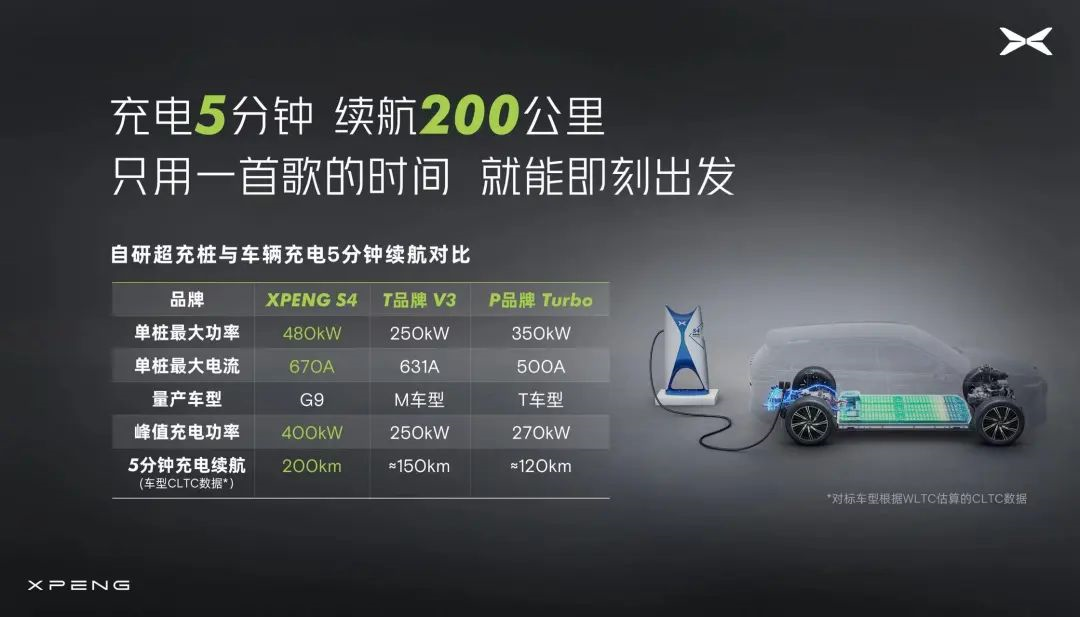
XPeng Motors firmly takes the path of high-voltage pure electric, super-fast pure electric, and intelligent pure electric, which is actually a gamble. In other words, it is reverse-engineering the market. If there are enough super-fast charging stations and high-endurance vehicles, and with the support of the self-operated system, this seems to be a feasible path. However, obviously, this is not something that can be achieved just by thinking about it, and it is not a matter of going well if it can be achieved. This is where the significance of “pioneers” comes in.
How is the layout and long-term plans? Will they be sufficient to meet the future needs of most car owners?
After discussing the specific advantages of the individual S4 super-fast charging station, let’s take a look at XPeng’s specific plans.
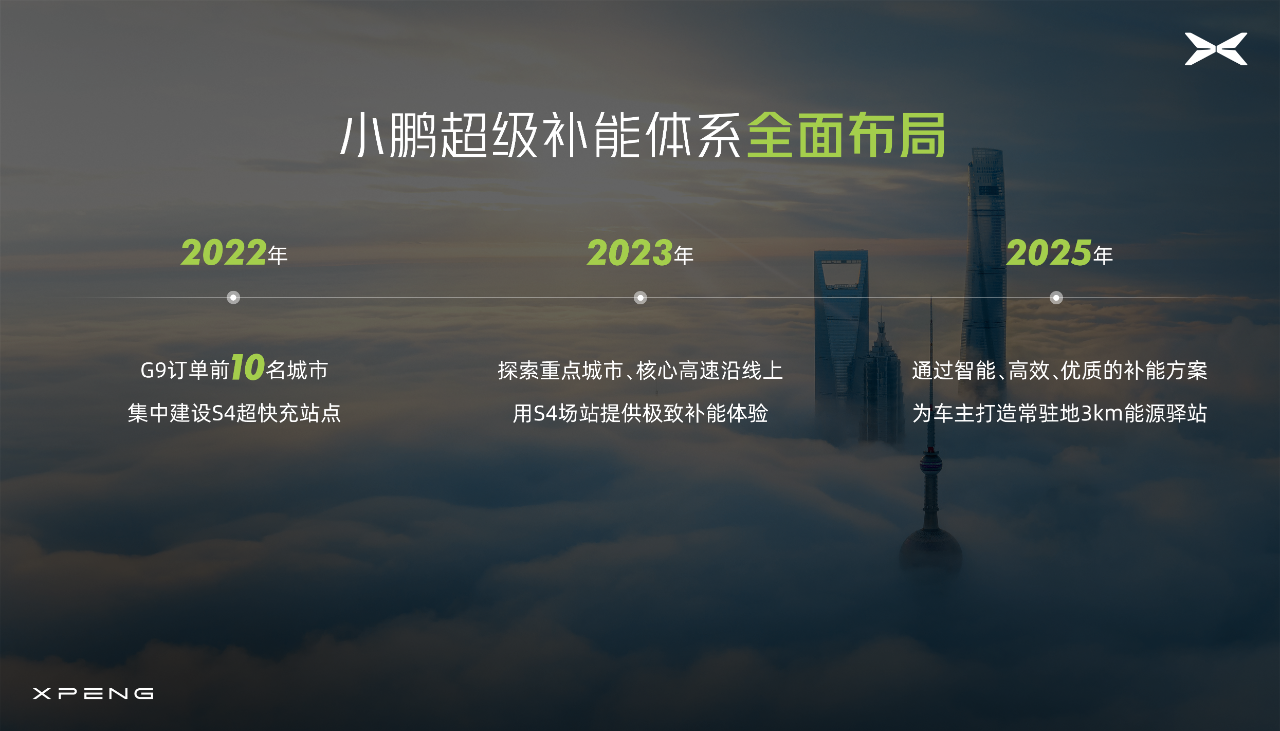
As of August 15th, XPeng’s self-operated charging stations have been launched in 1000 locations, including 799 self-operated super charging stations and 201 self-operated destination stations, covering all 337 prefecture-level administrative regions and municipalities directly under the Central Government in China. The current supercharging station provides 180 kW charging capacity and is primarily for the S2 post.Starting from the third quarter of this year, XPeng Motors will launch a large-scale deployment of S4 supercharging stations, focusing on the four key cities of Beijing, Shanghai, Guangzhou and Shenzhen, as well as completing the network coverage of the top ten cities in terms of orders, including Chengdu, Chongqing, Wuhan, Hangzhou, Ningbo, and Suzhou.
This means that G9 owners may become the owners of the fastest charging mass-produced cars in China on their delivery day.
XPeng’s self-operated core charging network has been integrated into the Beijing-Shanghai and Beijing-Hong Kong-Macao expressways, and has laid out supercharging stations along the highways and around major entrances and exits. Currently, it spans more than 3500 kilometers.
On tourism routes, XPeng has already connected popular tourist routes such as the 318 Sichuan-Tibet line and the Northwest Grand Loop, as well as popular tourist destinations such as shopping malls, hotels, and homestays nationwide.
Combined with XPeng’s goal of building an additional 2000 supercharging stations by 2025, XPeng owners may enjoy charging convenience and joy more than three times what they have now. Of course, more owners will also consider the operating and service capabilities of the stations, which is not solely indicative of the expansion of the network.
In XPeng’s super energy replenishment system product lineup, the following matrix will be formed:
- Home Charger (7 kW, 11 kW)
- Destination Charger (20 kW)
- S2 Supercharger (180 kW)
- S4 Ultra-fast charger (480 kW)
In addition, XPeng Motors has developed energy storage products to solve the problem of insufficient power capacity in scenarios such as high-speed service areas, and has made preparations for the large-scale network construction of S4.
According to XPeng user data, more than 90% of its use cases are in urban and suburban areas, with an average weekly mileage of no more than 300 kilometers. This means that even in long-distance holiday and self-driving scenarios, the anxiety of more owners can be alleviated by 2025, not to mention that third-party charging stations will continue to expand.
From user feedback and data evaluation, XPeng quickly launched its operations and services by reversing user scenarios and needs, which may be a unique advantage for new automakers as an “Internet + Manufacturing” model.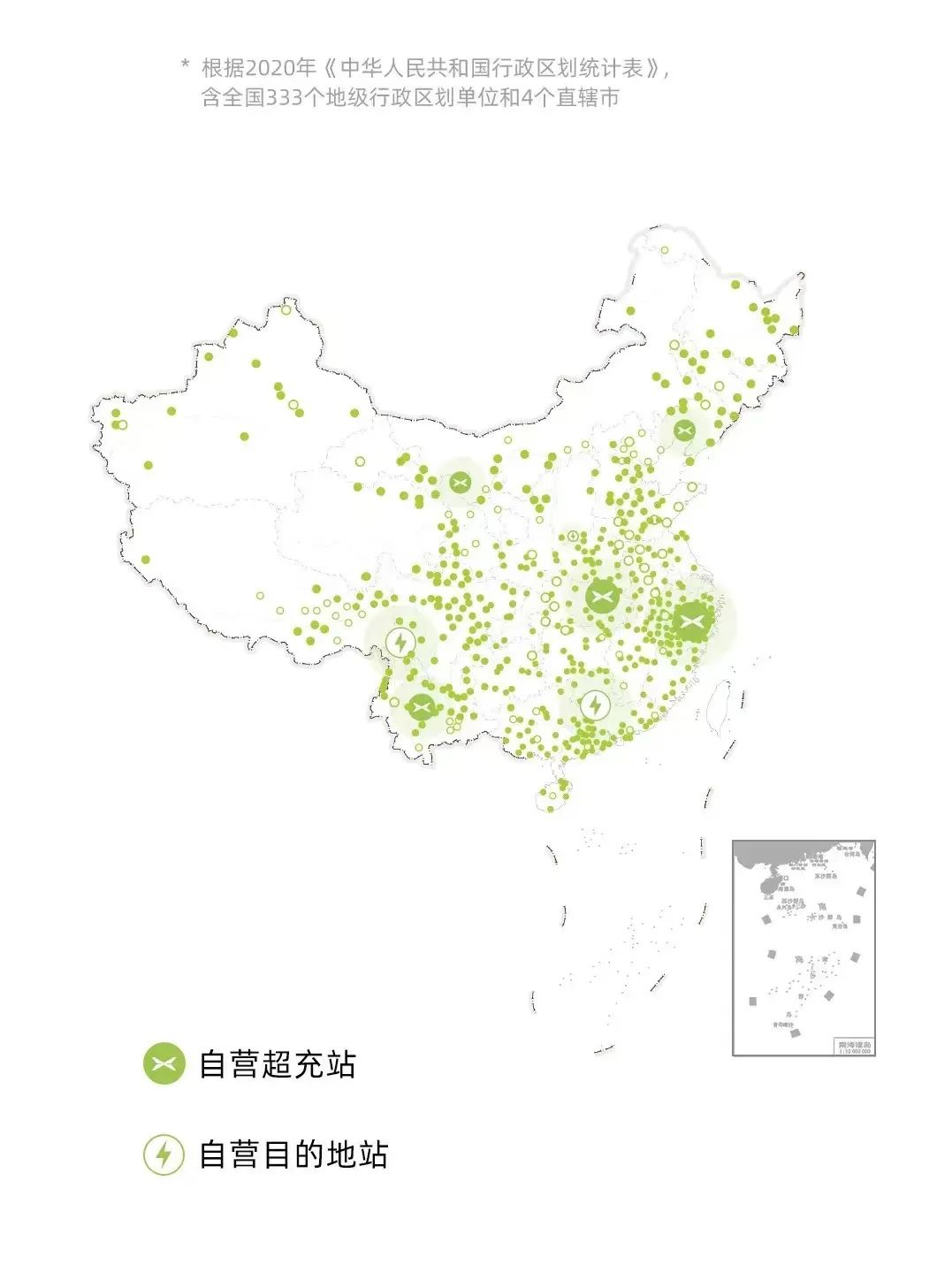
How Does He XPeng Plan to “Eliminate” Hybrid Cars?
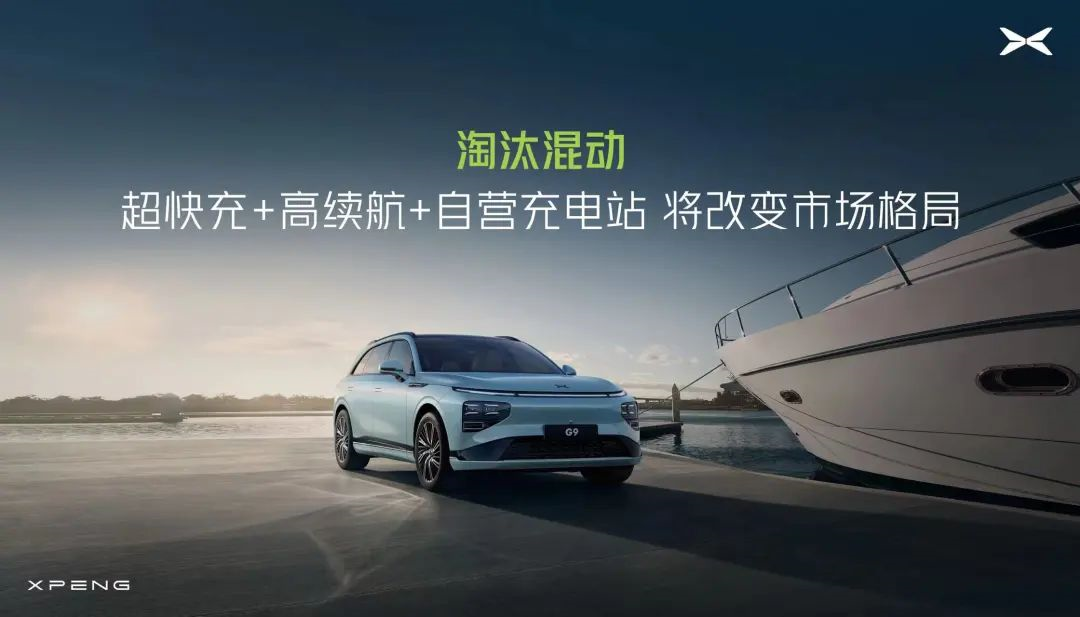
During the press conference on August 15th, perhaps to avoid the internet’s tendency to take things out of context (of course, taking things out of context is part of the internet), He XPeng provided a complete explanation of his point of view on “eliminating hybrid cars.”
First, let’s look at the market landscape.
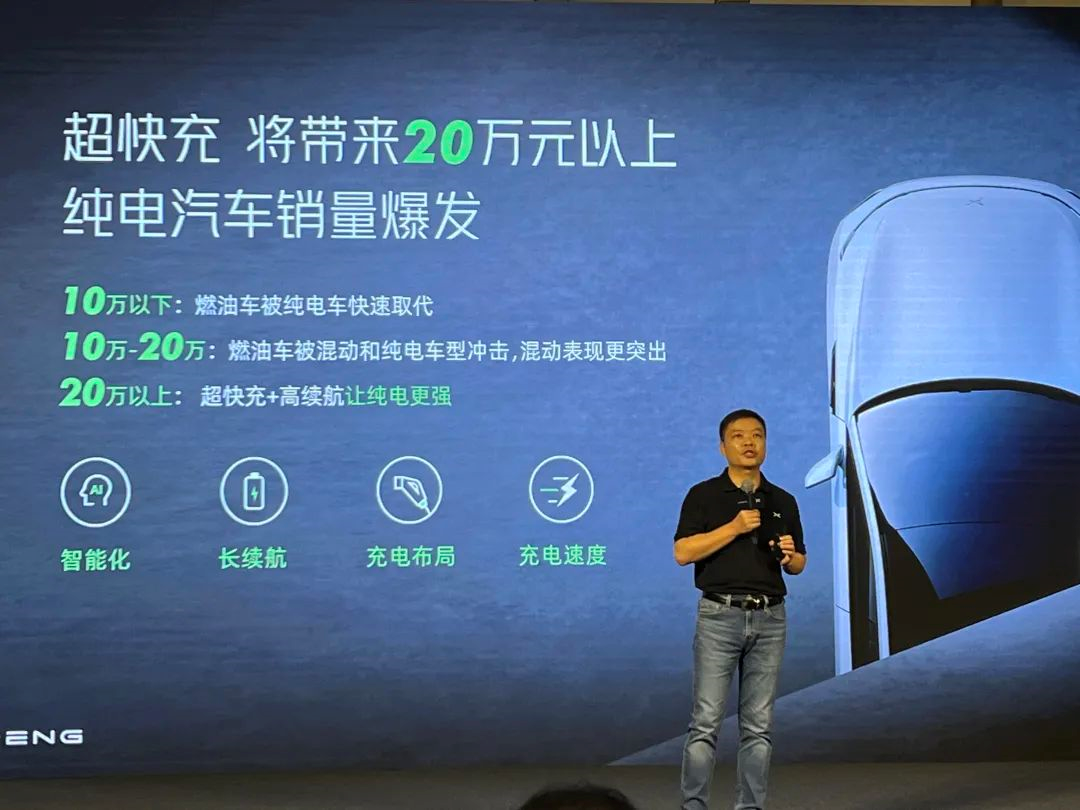
He XPeng believes that “super-fast charging will lead to an explosion in sales of pure electric cars priced above 200,000 yuan.” The penetration rate of new energy vehicles has already increased from 4.3% in 2018 to around 25% in the first half of this year, and is expected to exceed 30% next year.
Data shows that this year’s total sales of new energy vehicles have exceeded 5 million units, with pure electric cars accounting for over 4 million units. On average, 8 of every 10 people who buy new energy vehicles choose pure electric models.
Looking at the overall market, gasoline cars priced below 100,000 yuan are being rapidly replaced by pure electric cars. The 100,000-200,000 yuan range is in a state of chaos, and hybrid cars perform more prominently in the price range above 200,000 yuan. With super-fast charging and high-endurance models, pure electric cars will have even greater advantages.
“This is easy to understand, as the advent of super-fast charging will inevitably lead to an increase in costs.” Whether it’s the improvements in battery pack adjustment and cell matching required by the vehicle end, or the higher requirements for charging piles and the power grid end, they all represent the time and actual costs of research and development, testing, materials, supply, and so on. He XPeng believes that 200,000 yuan is perhaps the basic standard for intelligent cars with high-voltage matching.
XPeng Motors believes that when the models become more intelligent, with longer endurance, and charging issues resolved, pure electric models priced above 200,000 yuan will see further growth.
These four words, “eliminating hybrid cars,” are perhaps what He XPeng sees as an inevitable result.
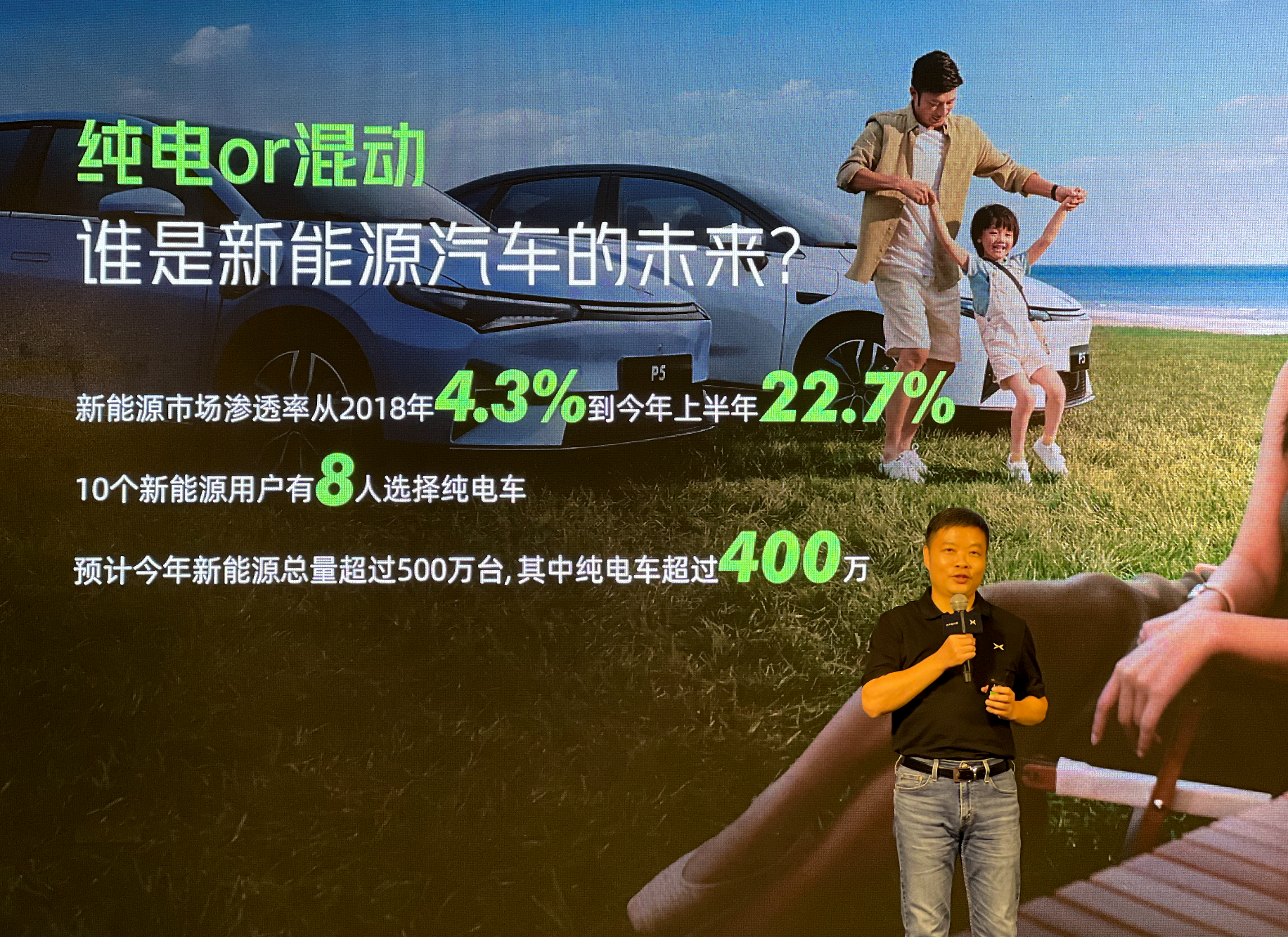
How Do Competitors and Netizens Comment on This?
Under the topics #He XPeng Says Pure Electric Can Eliminate Hybrid # and #Should Hybrid Cars Be Abandoned, # netizens on Weibo have already started heated debates.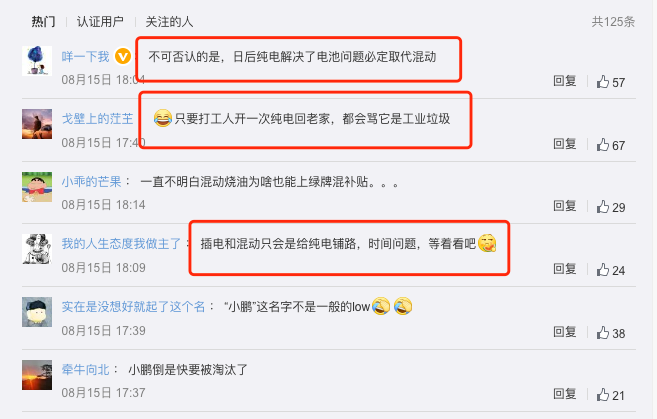
There are mainly three representative opinions among netizens:
-
Long-term optimists believe that pure electric vehicles will completely replace hybrids, and what needs to be done is to have the right technology, time, and market acceptance, with hybrids even being the type that will be eliminated most quickly.
-
Fuel enthusiasts firmly believe that the miraculous liquid is the way to go, and that hybrids are just a means of improvement, with pure electric vehicles being a tax on intelligence.
-
And there are always steadfast supporters: “XPeng” is a really ugly name. Uh… this used to be the top comment, but now it’s been bumped down to fourth or fifth place.
Media and other manufacturers’ opinions are also interesting:
Fast charging, battery swapping, and range extension are all great solutions to the problem of slow and difficult charging.
There is no need to look down on each other and try to prove who is more advanced.
The penetration rate of new energy vehicles is still not high enough, and the cake of old energy is still big.
The usage patterns of different users and households in different cities are not the same.
Diversity of solutions provides everyone with more suitable choices.
New energy needs to expand its horizons and take a share of the old energy market.
Automobile and digital bloggers, and employees of a certain car manufacturer – Yingge
Long-term speaking, range extension is the best solution for SUVs. The range-extended vehicle is an electric car that adds a range extender, while the PHEV is a fuel car that adds a battery. There is a fundamental difference between the two, and if they can’t get this straight, I don’t believe they can make good products.
Ideal Automotive CEO Li Xiang said at the Q2 earnings conference.
In conclusion, I think that XPeng’s viewpoint of “phasing out hybrids” does not mean that XPeng Auto is trying to overthrow the hybrid circle by itself, but rather is a comprehensive judgment based on the market situation, technological development, policy orientation, and user needs. In this historical process, XPeng Auto hopes to be a participant, or even a leader.
After all, even the hot-selling Ideal Automotive is also laying out pure electric vehicles. Li Xiang said at the Q2 earnings conference that “In 5 years to come, range-extended vehicles will still be the best solution for SUVs, and what Ideal wants to do is to continuously improve the efficiency of range extension.” This is naturally a statement for market share, but it can be confirmed that any brand that focuses on pure electric vehicles in the future will not abandon the key power supplement method of “high-voltage fast charging”.Also, some media peers interpreted that He XPeng’s remarks were dissing the range-extender models of brands such as Ideal and WM Motor. However, strictly speaking, hybrid power refers to the use of both gasoline and electric power to drive the car, with the goal of ensuring that the engine always operates within the optimal range to ensure fuel economy and engine life, while range-extender models such as Ideal are electrically powered.
In Conclusion
When He XPeng no longer emphasizes that “operation is greater than manufacturing”, XPeng Motors has already dug a moat with its operation. And their charging service is a major highlight of its business model. The “XPeng Motors Charging Business Unit” is the only business unit within XPeng Motors thus far, and business integration has been carried out in multiple functional modules such as chassis, power, battery, and after-sales.
Like many things, as in the past, they still need to be left to time, to the adherents of long-termism to prove.
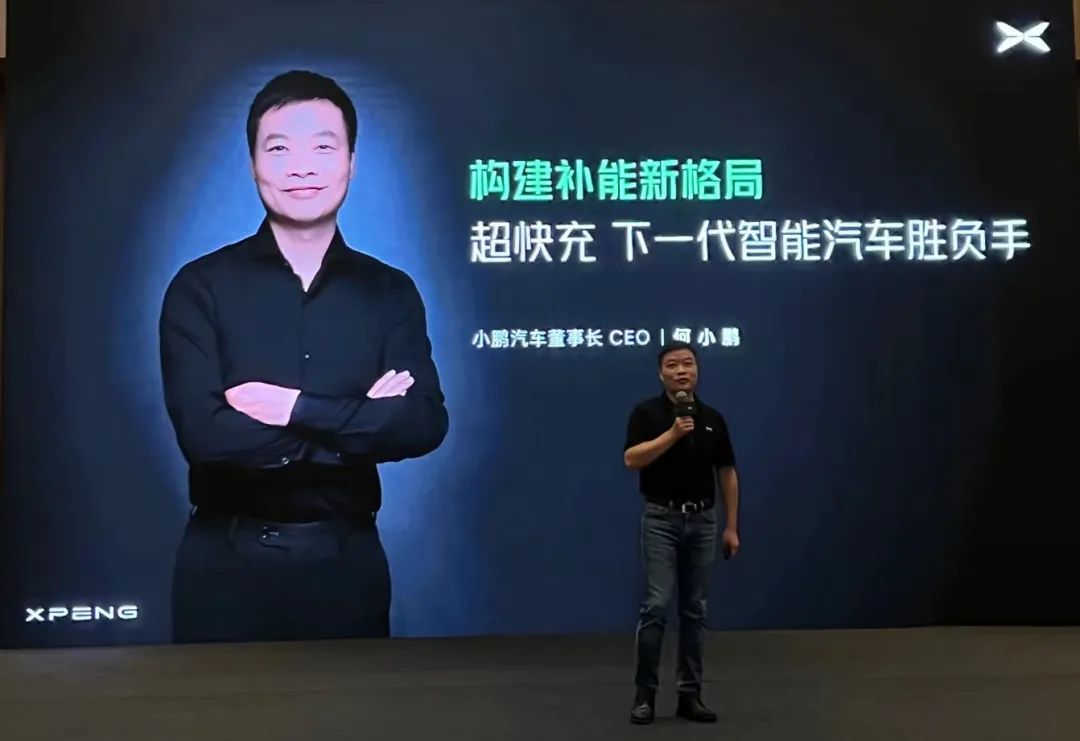
But can ultra-fast charging be the winning factor for the next generation of smart cars? Or can it be the winning factor for XPeng Motors, which proposed the question in the first place?
We wait and watch.
This article is a translation by ChatGPT of a Chinese report from 42HOW. If you have any questions about it, please email bd@42how.com.
